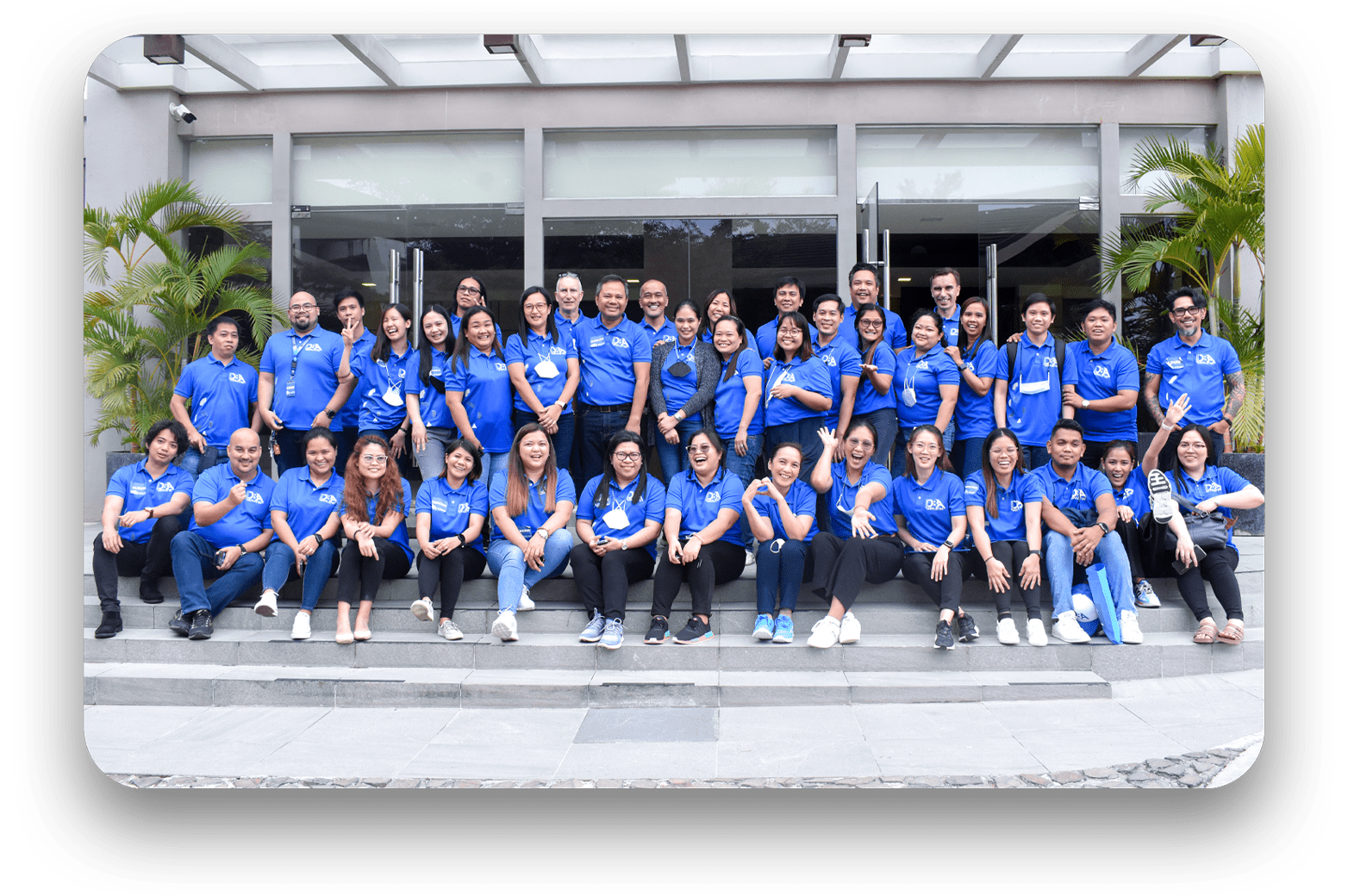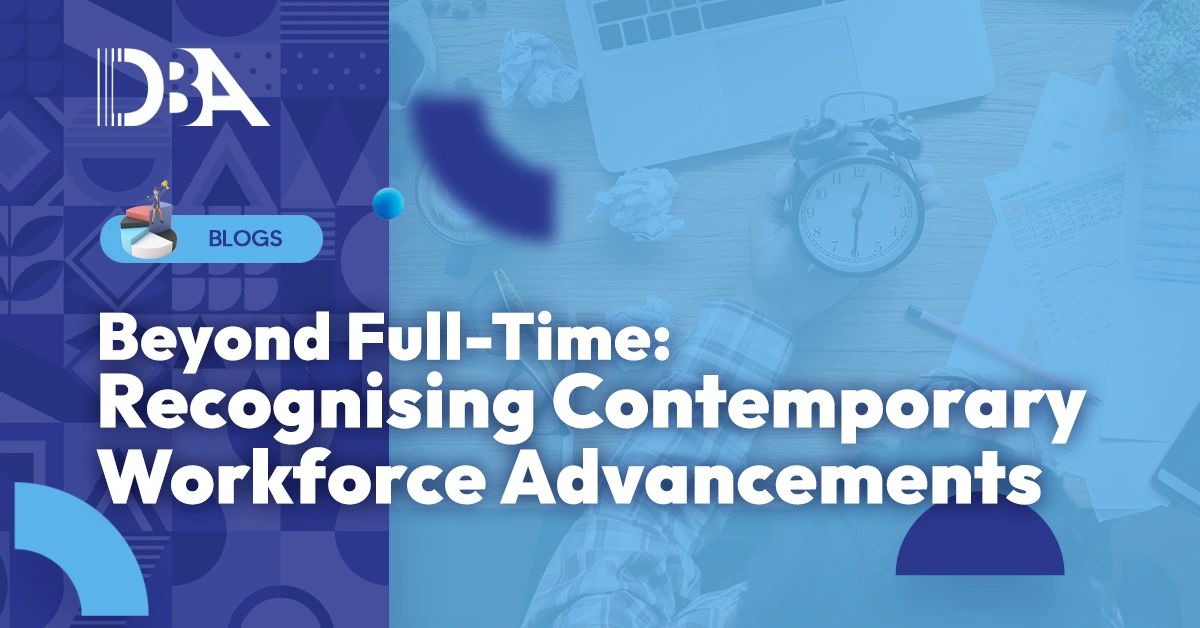As businesses head into 2025, the conversation around work-life balance has evolved significantly.
Strategising work-life fit in 2025 can be imperative for retaining talent, fostering innovation, and ensuring long-term success. The pandemic accelerated the adoption of remote work and hybrid models, altering how organisations and employees view their relationship with work. The traditional boundaries of work-life balance no longer suffice.
Instead, a new concept is emerging. This shift represents a more personalised, flexible approach to integrating work and life, one that prioritises employee well-being while optimising organisational productivity.
The Evolution of Work-Life Balance

The concept of work-life balance is about creating distinct boundaries between professional and personal lives. Employees were expected to keep their work within business hours, while personal time was reserved for family, recreation, and rest. However, this strict division often felt unrealistic and unsustainable, particularly for employees juggling demanding roles or flexible schedules.
Moreover, the pandemic turned the traditional model upside down. With employees working from home, those rigid distinctions between work and life began to blur. The “always-on” culture intensified, leading to burnout, stress, and, in some cases, a reevaluation of career priorities.
In 2025, the focus has moved towards fit—creating a work-life approach where individuals can align their professional responsibilities with their personal needs in ways that work for them. This change in mindset presents a unique opportunity for businesses to rethink how they engage their employees.
Work-life fit means that employees can tailor their workday around personal obligations, health needs, or life events without compromising productivity.
What is Work-Life Fit?

It is the idea that there is no one-size-fits-all approach to balancing work and personal life. Unlike the rigid boundaries of work-life balance, work-life fit focuses on customising work arrangements to suit the varying needs of individual employees. It acknowledges that employees have diverse life situations and responsibilities that may fluctuate over time.
This concept also recognises the importance of flexibility. Work-life fit means that employees can tailor their workday around personal obligations, health needs, or life events without compromising productivity.
Work-Life Fit Advantages for Businesses
The transition to work-life fit presents several compelling business advantages, many of which are already becoming apparent. Here are some key reasons why organisations are strategising work-life fit in 2025:
1. Attraction and Retention of Talent
In 2025, talent retention and attraction will be more competitive than ever. With Baby Boomers retiring and Gen Z entering the workforce, expectations around workplace flexibility are higher than ever. Gen Z, for instance, is particularly focused on finding workplaces that offer a balance of autonomy and purpose. If organisations want to attract and retain top talent, embracing work-life fit is essential.
2. Increased Productivity and Employee Engagement

Contrary to traditional fears that flexibility may lead to a decline in productivity, research suggests the opposite. When employees have control over their schedules and can manage personal obligations without stress, they are more likely to be engaged and productive. The flexibility to balance work with personal commitments enables employees to bring their best selves to their tasks.
Moreover, when employees are less stressed about finding time for personal matters, they are more likely to focus on the tasks at hand, reducing distractions and enhancing efficiency. This can translate into better performance and improved results for businesses.
3. Enhanced Employee Well-Being and Mental Health
Employee well-being is directly tied to the success of an organisation. Work-life fit acknowledges that personal health, family obligations, and life’s unpredictable moments play a role in an individual’s ability to thrive at work. The more businesses can support employees’ well-being, the more likely they are to avoid the detrimental effects of burnout, absenteeism, and turnover.
4. Adaptability to Changing Circumstances
The world of work is rapidly evolving, and businesses must be agile in their approach to managing teams. Work-life fit allows businesses to adapt to changing employee needs. It empowers organisations to support employees through challenging times, which is crucial in maintaining morale and long-term loyalty.
Strategising work-life fit in 2025 can be imperative for retaining talent, fostering innovation, and ensuring long-term success.
Strategising Work-Life Fit in 2025 with DBA Advisory

As we move into 2025, the future of work is evolving, and DBA is here to guide your business through these transformative changes. The concept of work-life balance is being replaced by a more dynamic approach: work-life fit. This new framework focuses on finding the perfect balance of flexibility and structure that empowers employees to excel both personally and professionally.
For businesses, adopting and strategising work-life fit in 2025 means fostering a more resilient, innovative, and engaged workforce. At DBA, we understand that change can be challenging, but it also presents incredible opportunities for growth. Our Advisory Services are designed to help you embrace these shifts, implement strategies that drive employee well-being, and position your business for success in the future. Let DBA help you shape the future of work and ensure your business thrives in 2025 and beyond.

Gillian Delos Reyes, MBA, LCB, DMP

Gillian Delos Reyes, MBA, LCB, DMP
Share


DBA’s Global Head of Sales and Marketing, Jason Ryan recently attended the Intrigue MAdVerse Conference in Melbourne, where key insights around the evolving concept of “value” were shared. His takeaway: value is not just a concept—it’s an experience that is deeply human. At DBA, we are committed to embracing innovation while staying rooted in empathy, creativity, and connection to build a future where technology and humanity thrive together. Read more of his insight here!

Jason Ryan CFP, DBA’s Global Head of Sales and Marketing, attended the Symphony Conference in February, hosted by Fin365, Principals Community, and Netwealth. The event brought together industry leaders and professionals to discuss the latest trends and strategies in the financial services sector.






© 2024 DBA. All Rights Reserved.





